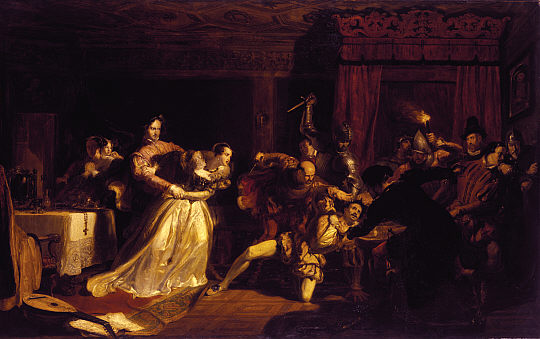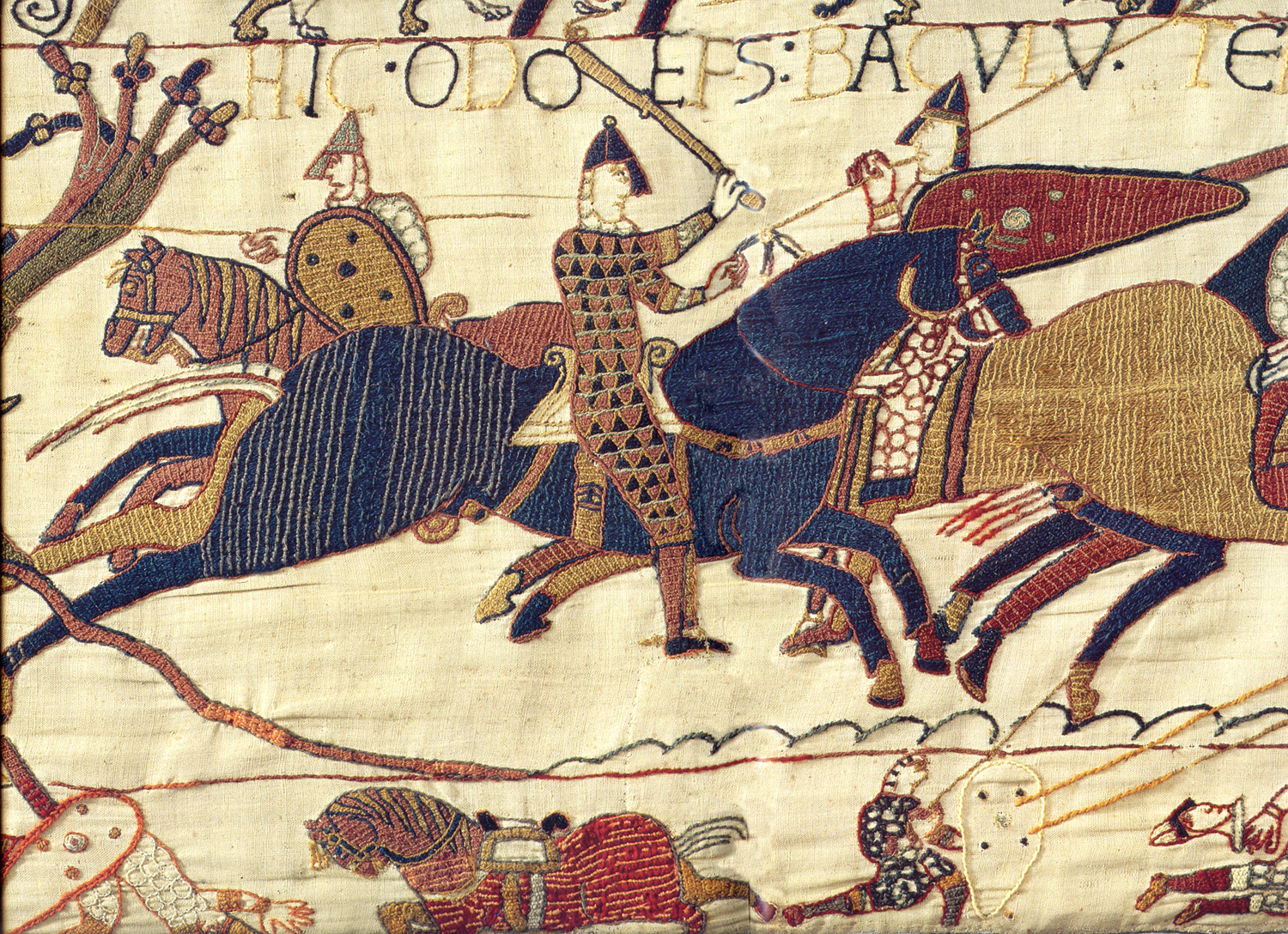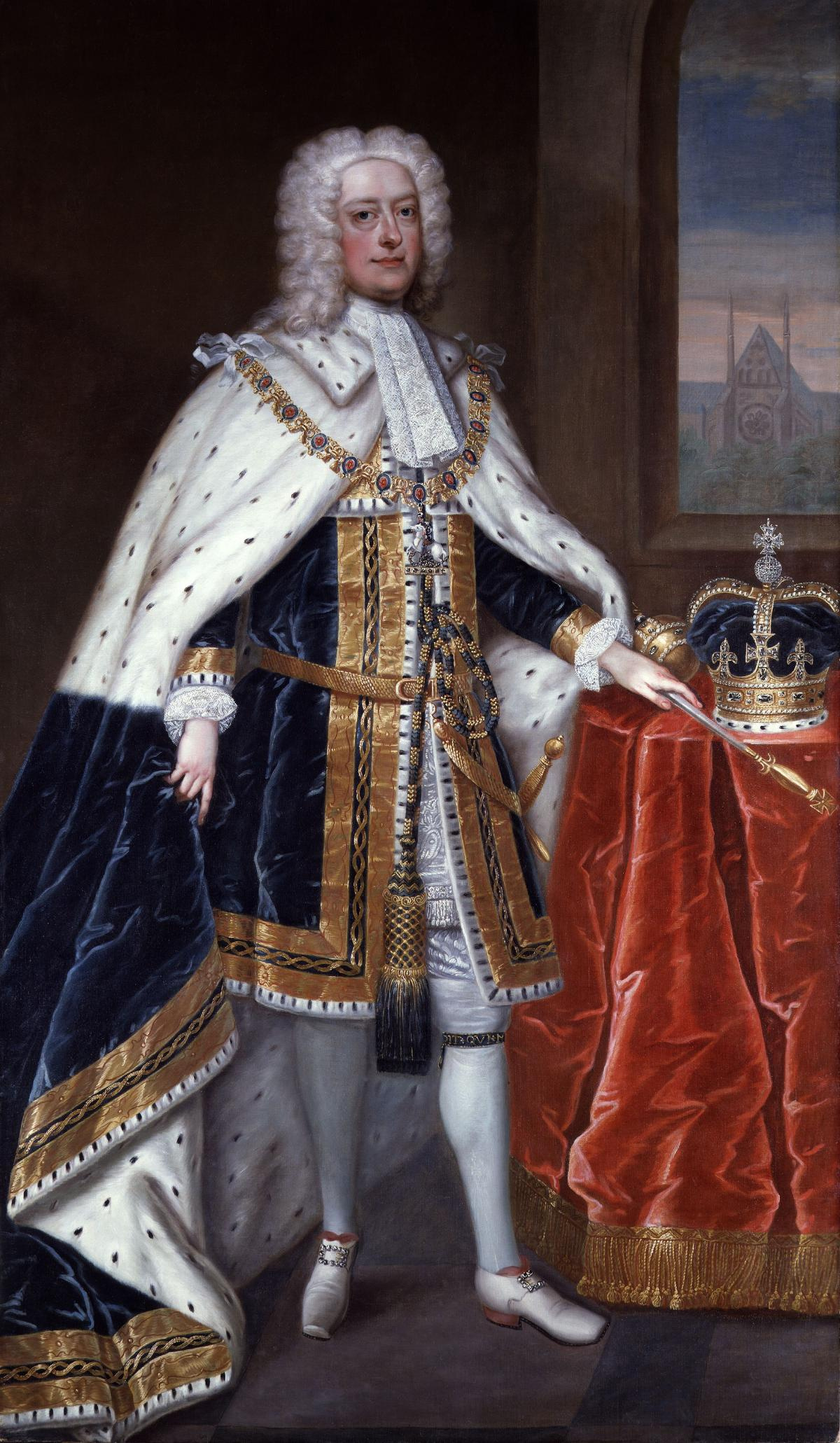|
High Court Of Constabulary
The High Court of Constabulary was a court in Scotland presided over by the Lord High Constable of Scotland and other judges known as Constables-depute. The court had exclusive jurisdiction over crimes of rioting, disorder, bloodshed, and murder that took place within of the Monarch of Scotland, Privy Council of Scotland, or the Parliament of Scotland. It was established in the 13th century, and its ''de jure'' jurisdiction continued until at least the 19th century. From the 16th century the Constables-depute appear to have been the Lord Provosts, bailies, and Sheriffs of Edinburgh. Following the Treaty of Union of 1707, the Court had jurisdiction when the Monarch of Great Britain, and later the Monarch of the United Kingdom, was resident at the Palace of Holyrood House. History Much of the history belonging to the High Court of Constabulary comes from records kept by the Earls of Erroll, who hold the position of Lord High Constable as a hereditary right. However, the burgh magi ... [...More Info...] [...Related Items...] OR: [Wikipedia] [Google] [Baidu] |
Official Residence
An official is someone who holds an office (function or mandate, regardless of whether it carries an actual working space with it) in an organization or government and participates in the exercise of authority (either their own or that of their superior or employer, public or legally private). An elected official is a person who is an official by virtue of an election. Officials may also be appointed '' ex officio'' (by virtue of another office, often in a specified capacity, such as presiding, advisory, secretary). Some official positions may be inherited. A person who currently holds an office is referred to as an incumbent. Something "official" refers to something endowed with governmental or other authoritative recognition or mandate, as in official language, official gazette, or official scorer. Etymology The word ''official'' as a noun has been recorded since the Middle English period, first seen in 1314. It comes from the Old French ' (12th century), from the Latin" ... [...More Info...] [...Related Items...] OR: [Wikipedia] [Google] [Baidu] |
Sheriff Of Edinburgh
The Sheriff of Edinburgh was historically the royal official responsible for enforcing law and order and bringing criminals to justice in the shire of Edinburgh (also known as Edinburghshire or Midlothian) in Scotland. In 1482 the burgh of Edinburgh itself was given the right to appoint its own sheriff, and thereafter the sheriff of Edinburgh's authority applied in the area of Midlothian outside the city, whilst still being called the sheriff of Edinburgh. Prior to 1748 most sheriffdoms were held on a hereditary basis. From that date, following the Jacobite uprising of 1745, they were replaced by salaried sheriff-deputes, qualified advocates who were members of the Scottish Bar. In 1872, following mergers, the sheriffdom became known as the sheriffdom of Midlothian and Haddington After further reorganisations it became part of the sheriffdoms of The Lothians in 1881 and The Lothians and Peebles in 1883. Sheriffs of Edinburgh *Norman (1143–1147) * Geoffrey de Melville (1153) ... [...More Info...] [...Related Items...] OR: [Wikipedia] [Google] [Baidu] |
13th-century Establishments In Scotland
The 13th century was the century which lasted from January 1, 1201 (represented by the Roman numerals MCCI) through December 31, 1300 (MCCC) in accordance with the Julian calendar. The Mongol Empire was founded by Genghis Khan, which stretched from Eastern Asia to Eastern Europe. The conquests of Hulagu Khan and other Mongol invasions changed the course of the Muslim world, most notably the Siege of Baghdad (1258) and the destruction of the House of Wisdom. Other Muslim powers such as the Mali Empire and Delhi Sultanate conquered large parts of West Africa and the Indian subcontinent, while Buddhism witnessed a decline through the conquest led by Bakhtiyar Khilji. The earliest Islamic states in Southeast Asia formed during this century, most notably Samudera Pasai. The Kingdoms of Sukhothai and Hanthawaddy would emerge and go on to dominate their surrounding territories. Europe entered the apex of the High Middle Ages, characterized by rapid legal, cultural, and religious evo ... [...More Info...] [...Related Items...] OR: [Wikipedia] [Google] [Baidu] |
Jurisdiction
Jurisdiction (from Latin 'law' and 'speech' or 'declaration') is the legal term for the legal authority granted to a legal entity to enact justice. In federations like the United States, the concept of jurisdiction applies at multiple levels (e.g., local, state, and federal). Jurisdiction draws its substance from international law, conflict of laws, constitutional law, and the powers of the executive and legislative branches of government to allocate resources to best serve the needs of society. International dimension Generally, international laws and treaties provide agreements which nations agree to be bound to. Such agreements are not always established or maintained. Extraterritorial jurisdiction is exercised through three principles outlined in the UN charter. These are equality of states, territorial sovereignty and non-intervention. This raises questions of when can many states prescribe or enforce jurisdiction. The ''Lotus'' case establishes two key rules t ... [...More Info...] [...Related Items...] OR: [Wikipedia] [Google] [Baidu] |
England
England is a Countries of the United Kingdom, country that is part of the United Kingdom. It is located on the island of Great Britain, of which it covers about 62%, and List of islands of England, more than 100 smaller adjacent islands. It shares Anglo-Scottish border, a land border with Scotland to the north and England–Wales border, another land border with Wales to the west, and is otherwise surrounded by the North Sea to the east, the English Channel to the south, the Celtic Sea to the south-west, and the Irish Sea to the west. Continental Europe lies to the south-east, and Ireland to the west. At the 2021 United Kingdom census, 2021 census, the population was 56,490,048. London is both List of urban areas in the United Kingdom, the largest city and the Capital city, capital. The area now called England was first inhabited by modern humans during the Upper Paleolithic. It takes its name from the Angles (tribe), Angles, a Germanic peoples, Germanic tribe who settled du ... [...More Info...] [...Related Items...] OR: [Wikipedia] [Google] [Baidu] |
James I Of England
James VI and I (James Charles Stuart; 19 June 1566 – 27 March 1625) was King of Scotland as James VI from 24 July 1567 and King of England and Ireland as James I from the union of the Scottish and English crowns on 24 March 1603 until his death in 1625. Although he long tried to get both countries to adopt a closer political union, the kingdoms of Scotland and England remained sovereign states, with their own parliaments, judiciaries, and laws, ruled by James in personal union. James was the son of Mary, Queen of Scots, and a great-great-grandson of Henry VII, King of England and Lord of Ireland, and thus a potential successor to all three thrones. He acceded to the Scottish throne at the age of thirteen months, after his mother was forced to abdicate in his favour. Although his mother was a Catholic, James was brought up as a Protestant. Four regents governed during his minority, which ended officially in 1578, though he did not gain full control of his governmen ... [...More Info...] [...Related Items...] OR: [Wikipedia] [Google] [Baidu] |
King Of Scots
The monarchy of the United Kingdom, commonly referred to as the British monarchy, is the form of government used by the United Kingdom by which a hereditary monarch reigns as the head of state, with their powers regulated by the British constitution. The term may also refer to the role of the royal family within the UK's broader political structure. The monarch since 8 September 2022 is King Charles III, who ascended the throne on the death of Queen Elizabeth II, his mother. The monarch and their immediate family undertake various official, ceremonial, diplomatic and representational duties. Although formally the monarch has authority over the governmentwhich is known as " His/Her Majesty's Government"this power may only be used according to laws enacted in Parliament and within constraints of convention and precedent. In practice the monarch's role, including that of Head of the Armed Forces, is limited to functions such as bestowing honours and appointing the prime mi ... [...More Info...] [...Related Items...] OR: [Wikipedia] [Google] [Baidu] |
Palace Of Holyroodhouse
The Palace of Holyroodhouse ( or ), commonly known as Holyrood Palace, is the official residence of the British monarch in Scotland. Located at the bottom of the Royal Mile in Edinburgh, at the opposite end to Edinburgh Castle, Holyrood has served as the principal royal residence in Scotland since the 16th century, and is a setting for state occasions and official entertaining. The palace adjoins Holyrood Abbey, and the gardens are set within Holyrood Park. The King's Gallery was converted from existing buildings at the western entrance to the palace and was opened in 2002 to exhibit works of art from the Royal Collection. King Charles III spends one week in residence at Holyrood at the beginning of summer, where he carries out a range of official engagements and ceremonies. The 16th-century historic apartments of Mary, Queen of Scots, and the State Apartments, used for official and state entertaining, are open to the public throughout the year, except when members of the ... [...More Info...] [...Related Items...] OR: [Wikipedia] [Google] [Baidu] |
Earl Of Erroll
Earl of Erroll () is a title in the Peerage of Scotland. It was created in 1453 for Sir William Hay. The subsidiary titles held by the Earl of Erroll are ''Lord Hay'' (created 1449) and ''Lord Slains'' (1452), both in the Peerage of Scotland. The Earls of Erroll also hold the hereditary office of Lord High Constable of Scotland. The office was once associated with great power. The Earls of Erroll hold the hereditary title of Chief of Clan Hay. The Earl of Erroll is one of four peers entitled to appoint a private pursuivant, with the title " Slains Pursuivant of Arms".p60-61, Bruce, Alistair, Keepers of the Kingdom (Cassell, 2002), Earl of Erroll is also the name of a Scottish highland dance, danced today at Highland games around the world. The family seat is Woodbury House, near Everton, Bedfordshire. History The Hay clan descends from Scoto-Norman knight Guillaume de la Haye, who first appears on the records circa 1160. Gilbert de la Hay (died April 1333), ance ... [...More Info...] [...Related Items...] OR: [Wikipedia] [Google] [Baidu] |
Palace Of Holyrood House
A palace is a large residence, often serving as a royal residence or the home for a head of state or another high-ranking dignitary, such as a bishop or archbishop. The word is derived from the Latin name palātium, for Palatine Hill in Rome which housed the Roman Empire, Imperial residences. Most European languages have a version of the term (''palats'', ''palais'', ''palazzo'', ''palacio'', etc.) and many use it to describe a broader range of buildings than English. In many parts of Europe, the equivalent term is also applied to large private houses in cities, especially of the aristocracy. It is also used for some large official buildings that have never had a residential function; for example in French-speaking countries ''Palais de Justice'' is the usual name of important courthouses. Many historic palaces such as parliaments, museums, hotels, or office buildings are now put to other uses. The word is also sometimes used to describe an elaborate building used for public ent ... [...More Info...] [...Related Items...] OR: [Wikipedia] [Google] [Baidu] |
Monarchy Of The United Kingdom
The monarchy of the United Kingdom, commonly referred to as the British monarchy, is the form of government used by the United Kingdom by which a hereditary monarch reigns as the head of state, with their powers Constitutional monarchy, regulated by the British constitution. The term may also refer to the role of the British royal family, royal family within the Politics of the United Kingdom, UK's broader political structure. The monarch since 8 September 2022 is King Charles III, who ascended the throne on Death and state funeral of Elizabeth II, the death of Queen Elizabeth II, his mother. The monarch and British royal family, their immediate family undertake various official, ceremonial, diplomatic and representational duties. Although formally the monarch has authority over the Government of the United Kingdom, governmentwhich is known as "His Majesty's Government (term), His/Her Majesty's Government"this power may only be used according to laws enacted in Parliament of th ... [...More Info...] [...Related Items...] OR: [Wikipedia] [Google] [Baidu] |
List Of British Monarchs
There have been 13 monarchy of the United Kingdom, British monarchs since the political union of the Kingdom of England and the Kingdom of Scotland on Acts of Union 1707, 1 May 1707. England and Scotland had been in personal union since 24 March 1603; while the style, "King of Great Britain" first arose at that time, legislatively the title came into force in 1707. On 1 January 1801, the Kingdom of Great Britain and the Kingdom of Ireland merged, creating first the United Kingdom of Great Britain and Ireland, and later the United Kingdom of Great Britain and Northern Ireland upon the secession of southern Ireland (1921–1922), southern Ireland in the 1920s. Union and succession Anne, Queen of Great Britain, Queen Anne became monarch of the Kingdom of Great Britain after the political union of the Kingdom of England and the Kingdom of Scotland on Acts of Union 1707, 1 May 1707. She had ruled England, Scotland, and the Kingdom of Ireland since 8 March 1702. Anne then reigned as ... [...More Info...] [...Related Items...] OR: [Wikipedia] [Google] [Baidu] |








